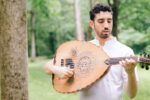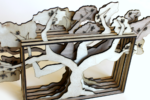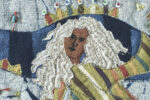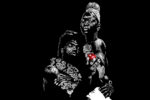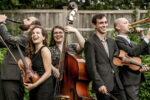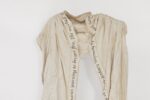“This dance film created at the New England Holocaust Memorial is part of my larger project series, ‘ZACHOR,’ which honors stories of Holocaust survivors through movement and explores their existing parallels within contemporary sociopolitical issues.”

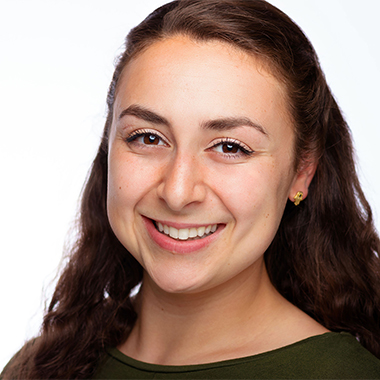
A Boston-based dance artist, Rachel Linsky holds a Bachelor of Fine Arts degree in dance from Elon University, where she graduated summa cum laude. Rachel directs and choreographs “ZACHOR,” an ongoing project series that seeks to preserve the words of World War II Holocaust survivors through dance.
Rachel’s choreography has been presented in national and international dance festivals. She has been awarded funding by CJP, the New England Foundation for the Arts, the City of Boston, and the Russell J. Efros Foundation. Rachel is currently being commissioned by the Museum of Fine Arts Boston and the Jewish Arts Collaborative to choreograph a new work for their 2021 Hanukkah celebration. Rachel dances with KAIROS Dance Theater and teaches with Urbanity Dance, Chelsea Theatre Works, and Velocity Dance Company.
Visit Rachel’s portfolio site.
How does your connection to Jewish community influence your art?
I have always found artistic inspiration in my Jewish upbringing and the symbols, movements, and songs I learned growing up. I use dance as a means to tell stories. My family, Judaism, and a strong sense of community are a significant part of who I am and the stories I tell. At Jewish day school and summer camp, the importance of Holocaust remembrance was deeply instilled in me at a young age. As I got older—in public high school and in college—I realized that Holocaust education isn’t heavily emphasized outside of the Jewish community. Many of my non-Jewish peers knew little of these tragedies. With my ongoing choreographic series, “ZACHOR,” I seek to preserve testimonies of World War II Holocaust survivors through dance. Through this work, I create opportunities for diverse groups of artists and audiences to study these stories in a non-religious setting and open conversations across communities.
Finish this thought: In order to create, I need…
With “ZACHOR,” I aim to create a resonant and embodied Holocaust education experience for the dancers involved in these works. The most important aspect of my creative process is to build a strong sense of community and commitment among my dancers. My rehearsal process is rooted in discussion and collaboration. It requires open-mindedness and a willingness to be vulnerable, share reflections, and find empathy within the context of history.
In order to do justice by the survivors’ testimonies and create a genuinely evocative performance for audiences, the dancers have to put a great deal of themselves and their unique cultural perspectives into the work—which makes creating a strong and open community so essential. I feel very fortunate to work with the incredible Boston-based dancers who have been part of “ZACHOR” thus far. My biggest hope is to have the support and ability to grow this project in a way that allows me to bring even more dancers into that community and into that embodied learning experience.
What’s your next artistic project or challenge?
I have two exciting projects planned for the coming year. I recently produced a short dance film inspired by the memoir of Aaron Elster, who was hidden in an attic from the Nazis for two years when he was a young boy. Using the choreography created for this film as a foundation, I will be exploring Aaron’s story further and developing a live performance to share with Boston audiences.
This year I will also be collaborating with Boston-based pianist Yukiko Takagi on a new project. We will be working with the music of Erwin Schulhoff, a Jewish composer who was killed in the Holocaust. A radical artist of his time, Schulhoff was one of the first European musicians to incorporate jazz into traditional music forms. Under this project, I will be exploring the role of jazz music in Nazi Germany and how it served as a form of resistance.
Learn more about CJP’s arts and culture initiative.




